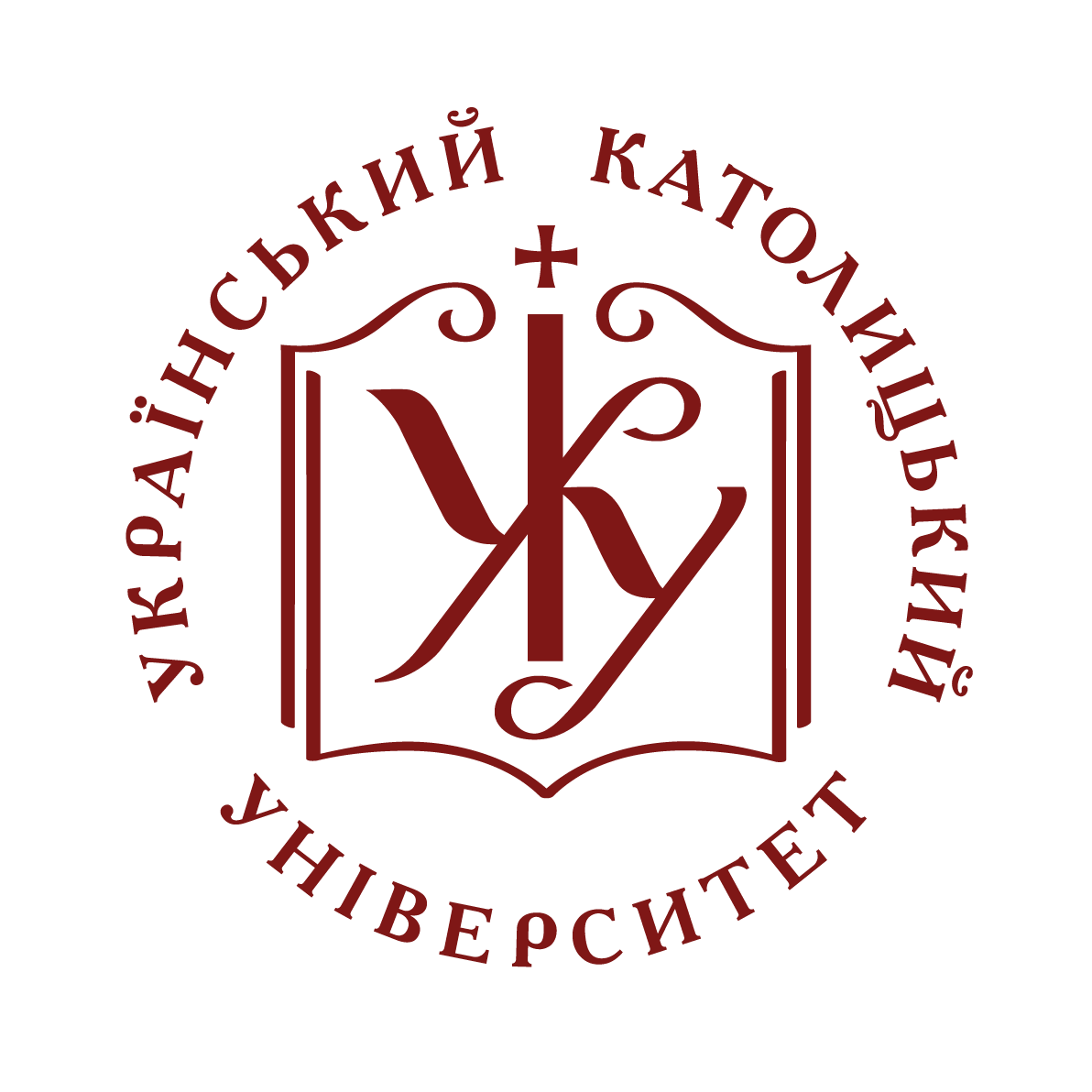- Домівка
- →
- Faculty of Humanities | Гуманітарний факультет
- →
- Кафедра історії
- →
- Статті
- →
- Перегляд матеріалів
Сценарії JavaScript вимкнено для Вашого браузера. Деякі функції цього сайту не будуть працювати без них.
Показати скорочений опис матеріалу
| dc.date.accessioned | 2023-06-01T11:17:11Z | |
| dc.date.available | 2023-06-01T11:17:11Z | |
| dc.date.issued | 2023 | |
| dc.identifier.citation | Almes I. Practices of monks in the Pochaiv monastery printing house of the 18th century // Науковий щорічник «Історія релігій в Україні». Львів 2023, вип. 33, с. 63–72. | uk |
| dc.identifier.uri | https://er.ucu.edu.ua/handle/1/3890 | |
| dc.description.abstract | The paper studies the practices of monks in the Pochaiv Basilian monastery printing house in the 18th century. It was one of the typical Ukrainian monastery typographies of the premodern time. Monks-professional, together with other non-monks’ staff (engravers, foundries, etc.), ensured the functioning of the mentioned printing house. Research on the visitation descriptions of the 1730s and 1770s has found that up to seven monks worked in the typography. The cited archival sources traced the dynamics of monks’ practices in the printing house of that time. In the 1730s, young 20 years old Basilians operated the Pochaiv typography under the chief elder hieromonk called prefect. They all worked without any payment because of some obedience within the monastery community life. In the 1770s, learners of the local monastery printing house still provided most of its activities. These Basilians started their monastery life in Pochaiv and learned printing crafts there. Because the type of monastery printing house strictly regulated its activities without non-monastic practices, monks had to learn printing affairs and be effective in typography without breaking clausura rules. That was impossible if they left monasteries (disobeyed clausura) and had lessons in craftsman, for instance, in Lviv. If Basilians with local primary schooling carried out almost all technical issues in the typography, then more educated and skilled monks censored and corrected editions there. They also started monks’ life in the local Pochaiv monastery but later graduated from philosophical and theological studies within Ruthenian Basilian province or, less often, in Rome. The paper concludes that monks-professionals fixed out a successful Pochaiv printing house that was approved not only by high-quality editions but by a simple fact – 40% of all monastery incomes in some decades from the typography. | uk |
| dc.language.iso | uk | uk |
| dc.subject | Почаївський монастир | uk |
| dc.subject | василіяни | uk |
| dc.subject | монастирська друкарня | uk |
| dc.subject | префект друкарні | uk |
| dc.subject | Pochaiv monastery | uk |
| dc.subject | Basilians | uk |
| dc.subject | monastery printing house | uk |
| dc.subject | prefect of typography | uk |
| dc.title | Practices of Monks in the Pochaiv Monastery Printing House of the 18th Century | |
| dc.type | Article | uk |
| dc.status | Опублікований і розповсюджений раніше | uk |
| dc.subject.udc | 930.2:[271.4-789.17-523.6:655.15](477.84)”17” | |
| dc.identifier.doi | 10.33294/2523-4234-2023-33-1-63-72 | |
| dc.description.abstracten | Досліджено діяльність ченців Почаївської василіянської монастирської друкарні у XVIII ст., одного з типових українських чернечих осередків друкарства домодерної доби. Функціонування закладу забезпечували монахи з фаховими знаннями за участі світських осіб (граверів, ливарників та ін.). Аналіз візитаційних описів 1730-х і 1770-х рр. дозволив з’ясувати, що у друкарні працювало зазвичай до семи ченців. Вони виконували такий чернечий послух у друкарні з благословення й за розпорядженням настоятеля монастиря в період між молитвою та трапезою, що в часовому вимірі варіювалося залежно від молитовного розпорядку дня. | uk |
| dc.relation.source | Науковий щорічник «Історія релігій в Україні». Львів 2023, вип. 33 | uk |
Долучені файли
Даний матеріал зустрічається у наступних зібраннях
-
Статті [72]
Articles


